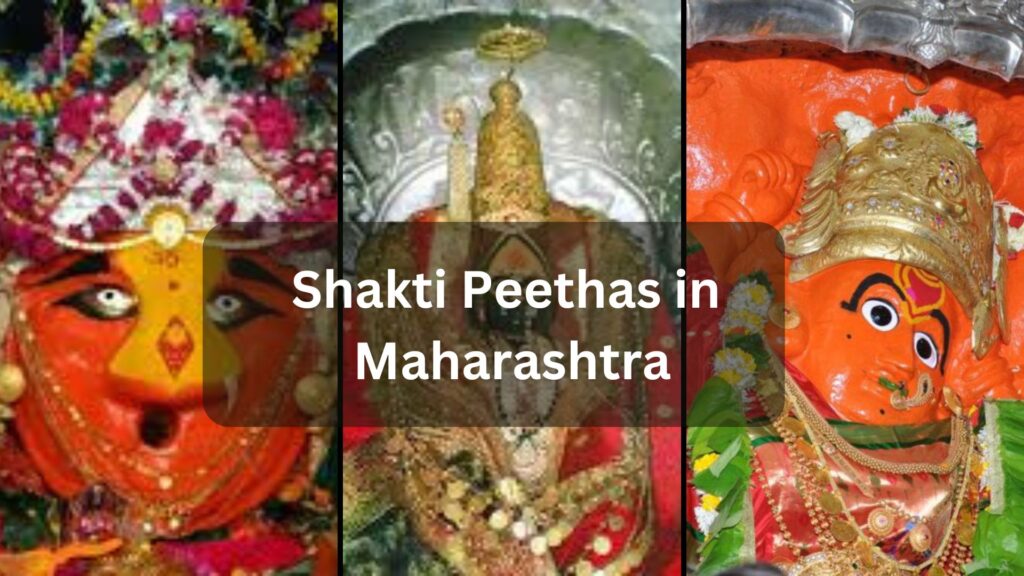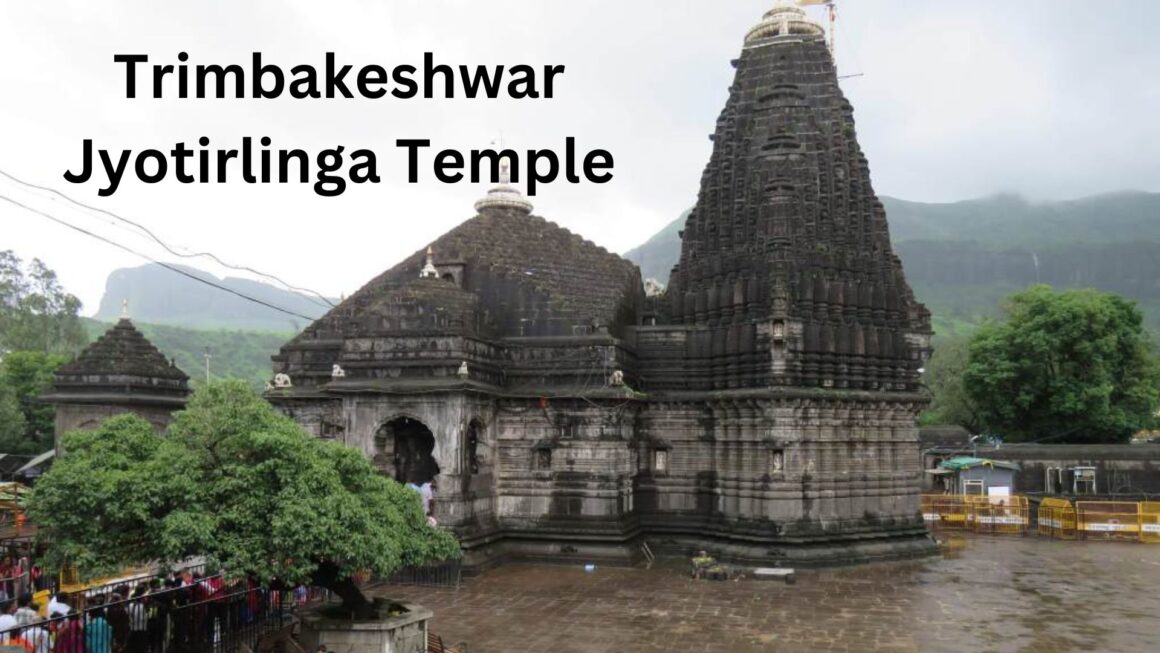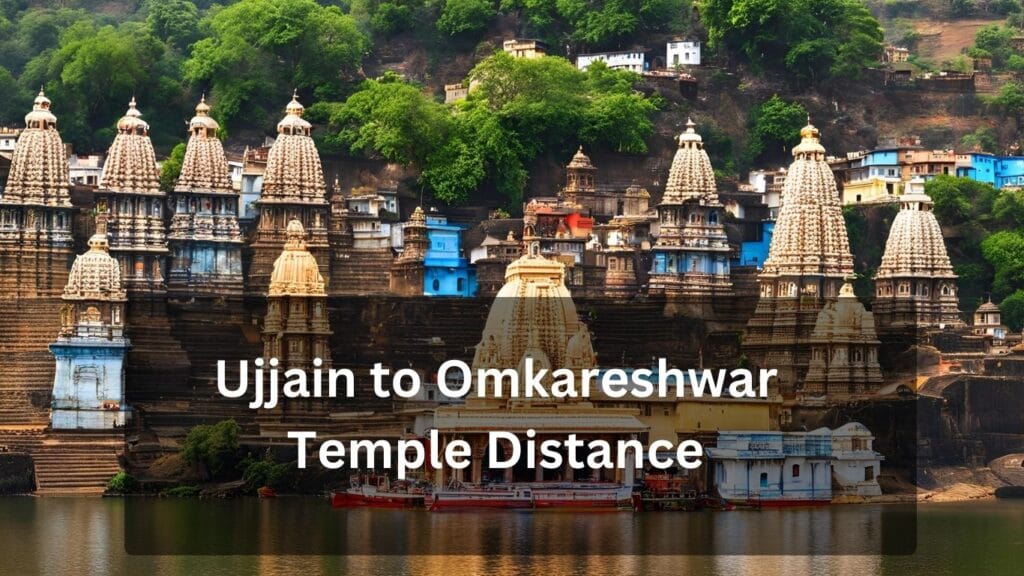Introduction
Shakti Peethas in Maharashtra: Shakti Peethas are revered shrines dedicated to the goddess Shakti, spread across the Indian subcontinent. Shakti Peethas are believed to be the places where parts of the goddess Sati’s body fell, following her self-immolation and the subsequent dance of destruction by Lord Shiva. Each Shakti Peetha holds a unique significance, attracting devotees and pilgrims seeking blessings and spiritual enlightenment. In Maharashtra, a state known for its rich cultural and religious heritage, there are several Shakti Peethas that are considered highly significant. This blog delves into the Shakti Peethas located in Maharashtra, exploring their history, significance, and the devotion they inspire.
The Legend of Shakti Peethas
The story of Shakti Peethas begins with the mythological tale of Sati, the daughter of Daksha and the consort of Lord Shiva. Daksha, disapproving of his daughter’s marriage to Shiva, organized a grand yajna (sacrificial ceremony) and deliberately did not invite Shiva and Sati. Despite Shiva’s warnings, Sati attended the yajna and was insulted by her father. Unable to bear the disrespect towards her husband, she immolated herself. Enraged and grief-stricken, Shiva performed the Tandava, a dance of destruction, carrying Sati’s charred body. To calm him, Lord Vishnu used his Sudarshana Chakra to dismember Sati’s body, causing it to fall in various parts of the Indian subcontinent, thus creating the Shakti Peethas.
Shakti Peethas in Maharashtra
Maharashtra is home to four significant Shakti Peethas, each with its own unique legend and importance. These include Mahur, Tuljapur, Kolhapur, and Saptashrungi.
1. Mahur – Renuka Devi Shakti Peetha

Mahur, located in the Nanded district, is renowned for the temple dedicated to Renuka Devi, considered an incarnation of Shakti. According to legend, Renuka was the mother of Parashurama, one of the ten avatars of Vishnu. This Shakti Peetha is believed to be the site where Renuka Devi’s head fell. The temple, situated atop a hill, offers breathtaking views and a serene atmosphere for devotees.
- Significance: Mahur is one of the three and a half Shakti Peethas of Maharashtra and is highly venerated. The temple celebrates Renuka Devi’s courage and maternal strength, attracting thousands of devotees, especially during Navratri.
- Festivals: The major festivals celebrated here include Navratri and Renuka Jayanti. During Navratri, the temple is adorned with lights, and special rituals are performed to honor the goddess.
Also read: 18 Shakti Peethas Names and Places
2. Tuljapur – Tulja Bhavani Shakti Peetha
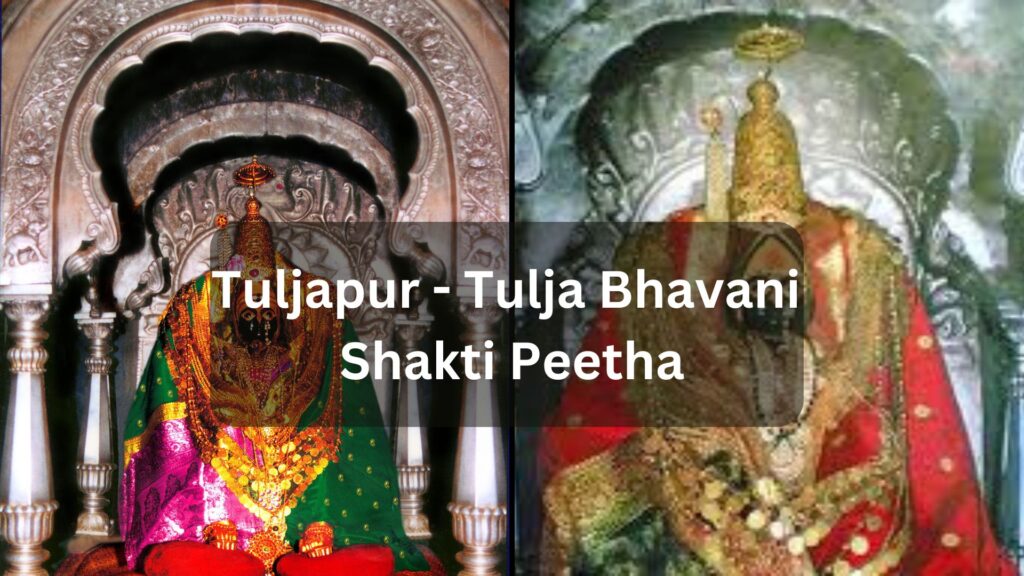
Tuljapur, in the Osmanabad district, is home to the temple of Tulja Bhavani, another prominent Shakti Peetha. Tulja Bhavani is considered the family deity of the Bhosale clan, to which the Maratha warrior king Shivaji Maharaj belonged. The temple is believed to be the spot where the goddess’s shoulder fell.
- Significance: Tulja Bhavani is worshipped for her power and protection. She is considered the guardian deity of warriors and has been a symbol of strength and inspiration throughout history.
- Festivals: Navratri is the most significant festival here, with elaborate decorations, processions, and rituals. Chaitra Navratri, another important festival, is also celebrated with great enthusiasm.
3. Kolhapur – Mahalakshmi Shakti Peetha
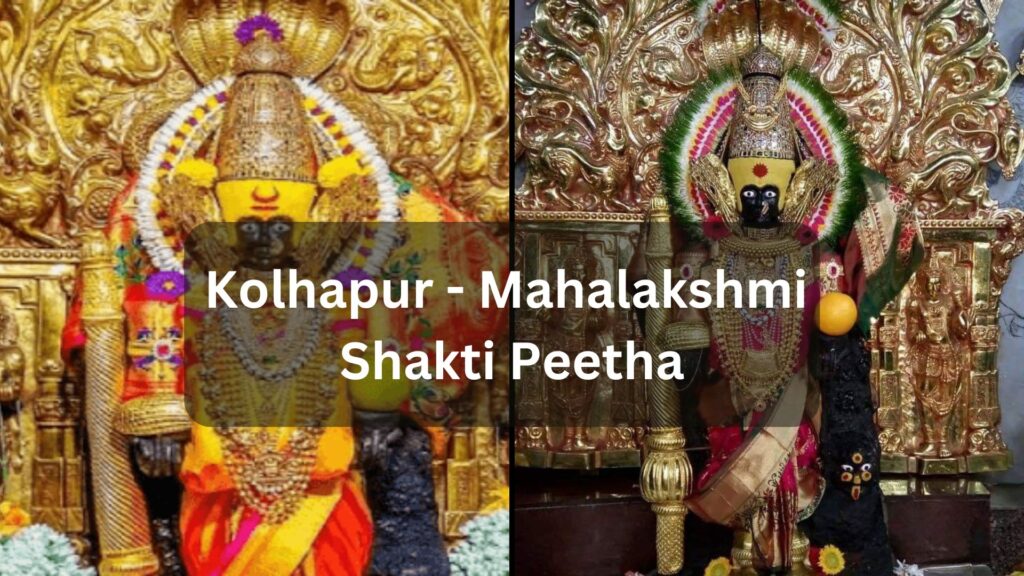
The city of Kolhapur, located in the southwestern part of Maharashtra, houses the temple of Mahalakshmi, also known as Ambabai. This Shakti Peetha is where the goddess’s eyes are said to have fallen. The temple, built in the Chalukya style, is an architectural marvel and a major pilgrimage site.
- Significance: Mahalakshmi of Kolhapur is worshipped for wealth, prosperity, and well-being. The temple is one of the six Shakti Peethas where one can obtain both spiritual and material fulfillment.
- Festivals: Kirnotsav, celebrated in January and November, is unique to this temple. During this festival, the rays of the setting sun fall directly on the idol of the goddess, creating a divine spectacle. Navratri and Diwali are also celebrated with grandeur.
4. Saptashrungi – Saptashrungi Nivasini Shakti Peetha

Saptashrungi, situated near Nashik, is known for the temple of Saptashrungi Nivasini, or the goddess who resides on the seven hills. According to legend, this is where the right arm of Sati fell. The temple is located on a hilltop, surrounded by dense forests, and offers a panoramic view of the surrounding area.
- Significance: The goddess is worshipped as a form of Durga and is believed to embody the combined powers of seven mountain goddesses. Devotees come here seeking relief from ailments and protection from evil.
- Festivals: Navratri and Chaitra Navratri are the major festivals celebrated at Saptashrungi. Special rituals, bhajans, and cultural programs mark these festivals, drawing large crowds of devotees.
The Cultural and Spiritual Impact of Shakti Peethas in Maharashtra
Shakti Peethas in Maharashtra are not just religious sites; they are also cultural and social hubs that play a significant role in the lives of the people. These temples have a profound impact on the cultural fabric of the state, influencing art, music, dance, and folklore. The rituals and festivals associated with these Shakti Peethas bring communities together, fostering a sense of unity and shared heritage.
Influence on Art and Culture
The influence of Shakti Peethas on Maharashtra’s art and culture is immense. Traditional music and dance forms, such as Lavani and Bharud, often depict stories and legends associated with these temples. Local crafts and textiles, too, are inspired by the motifs and symbols of these sacred sites.
Economic Significance
The Shakti Peethas also contribute to the local economy through tourism. Pilgrims and tourists visiting these temples support local businesses, including hotels, restaurants, and shops selling religious artifacts and souvenirs. The festivals, in particular, attract visitors from all over the country, boosting the local economy.
Social and Community Life
The Shakti Peethas serve as centers for social and community activities. They provide a space for people to come together, celebrate festivals, and participate in communal rituals. The temples often engage in charitable activities, offering food, shelter, and medical assistance to the needy.
Conclusion
The Shakti Peethas of Maharashtra hold a special place in the hearts of devotees and play a crucial role in the spiritual, cultural, and social life of the state. Mahur, Tuljapur, Kolhapur, and Saptashrungi each have their unique significance, attracting millions of pilgrims every year. These sacred sites are not just places of worship but also symbols of the rich cultural heritage and enduring faith of the people of Maharashtra.
Visiting these Shakti Peethas offers a profound spiritual experience, a glimpse into the vibrant cultural traditions of the region, and an opportunity to witness the deep-rooted devotion that continues to thrive in these ancient temples. Whether you seek blessings, spiritual solace, or simply wish to immerse yourself in the rich cultural tapestry of Maharashtra, the Shakti Peethas provide a journey that is both enriching and enlightening.
For more information about other temple:-

